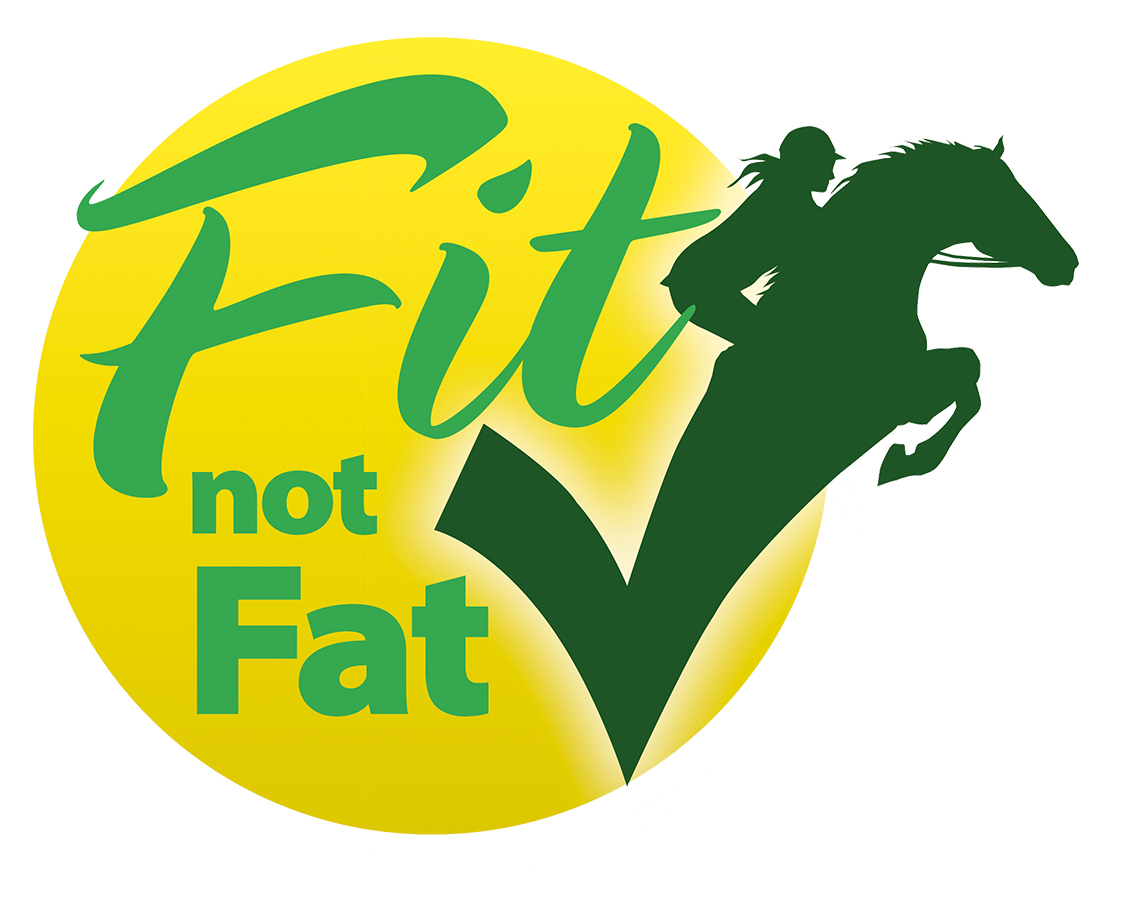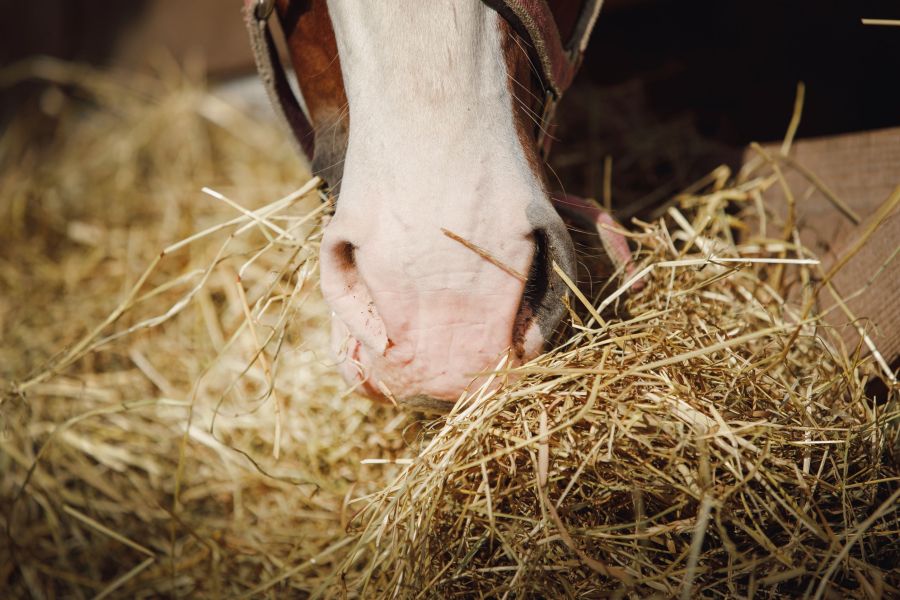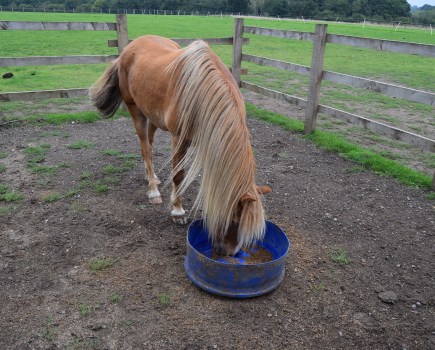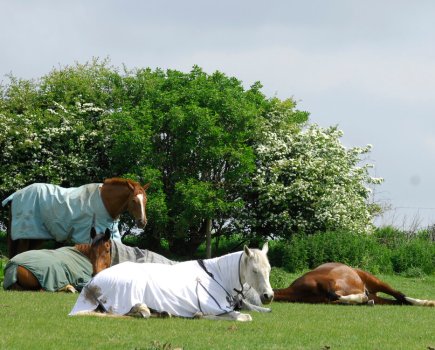Obesity is a growing problem — especially in winter. Any horse or pony that is significantly overweight is at risk of health issues, from laminitis to breathing and joint problems. Feed company Dodson & Horrell share their top ten weight management tips for a horse or pony who is #fitnotfat.
1. Look out for grass growth
Even short grass can be high in calories, so keep monitoring your horse’s intake. If your garden lawn needs mowing, the grass is growing in your paddock too.
2. Consider restrictive grazing
Your horse may start to anticipate his routine, and eat as much grass as in a few hours as he would in 24 hours, if he is on restricted turnout. Strip grazing, track systems to encourage walking to find grass, and grazing muzzles could help to slow his eating down.
3. Have your forage analysed
A general analysis will give you dry matter, protein, sugar and calorie levels and can also test for minerals and hygiene of the forage as well. Dodson & Horrell offer this service and it gives a good starting point for deciding any hard feed required. To find out more about this service, visit dodsonhorrell.myshopify.com.
4. Provide essential nutrition
A feed balancer with high levels of quality protein and essential levels of vitamins and minerals will help restrict calorie intake whilst providing optimum nutrition.
5. Maintain fibre intake
Fibre keeps the hindgut functioning effectively and a lack of fibre can cause issues such as gastric ulcers or colic. Fibre should be at the core of their diet and included at 1.5-2% of your horse’s bodyweight. To reduce the calories in the hay you could consider soaking it for 12 hours before feeding.
6. Exercise is key
Exercise is vital for weight loss. Your horse’s heart rate needs to be elevated for 20 minutes before he starts burning calories, and must also be done regularly. Five times a week is necessary to make a real difference.
7. Weigh your hay
Ensure your horse is getting the right amount of fibre and help to avoid wastage or over feeding. Don’t forget to consider your horse’s grass intake when calculating how much hay he needs to meet his fibre requirements.
8. Leave your horse naked when possible
Whilst it can feel nice to wrap your horse up in a rug to keep him warm and dry, it means that he won’t be using any calories to keep himself warm, which can help to keep him at a healthy weight.
9. Use a weigh tape
When you see your horse every day, it can be difficult to see if he is losing or gaining weight. Using a weigh tape once a week is a quick and easy way to objectively track whether or not his weight is changing. For a free downloadable weight tracker, visit Dodson & Horrell’s website.
10. Condition score regularly
This is a more accurate way of assessing weight as it involves being hands on and feeling where the fat actually is. Ideally you should condition score every 2-4 weeks. To help you do this, check out Dodson & Horrell’s online guide.
 Have you heard about Your Horse’s #FitNotFat campaign? Equine obesity is an enormous welfare problem and we’re on a mission to provide owners and riders with the knowledge, skills and information you need to keep your horse in tip-top health. It could be life saving! Find out more
Have you heard about Your Horse’s #FitNotFat campaign? Equine obesity is an enormous welfare problem and we’re on a mission to provide owners and riders with the knowledge, skills and information you need to keep your horse in tip-top health. It could be life saving! Find out more








